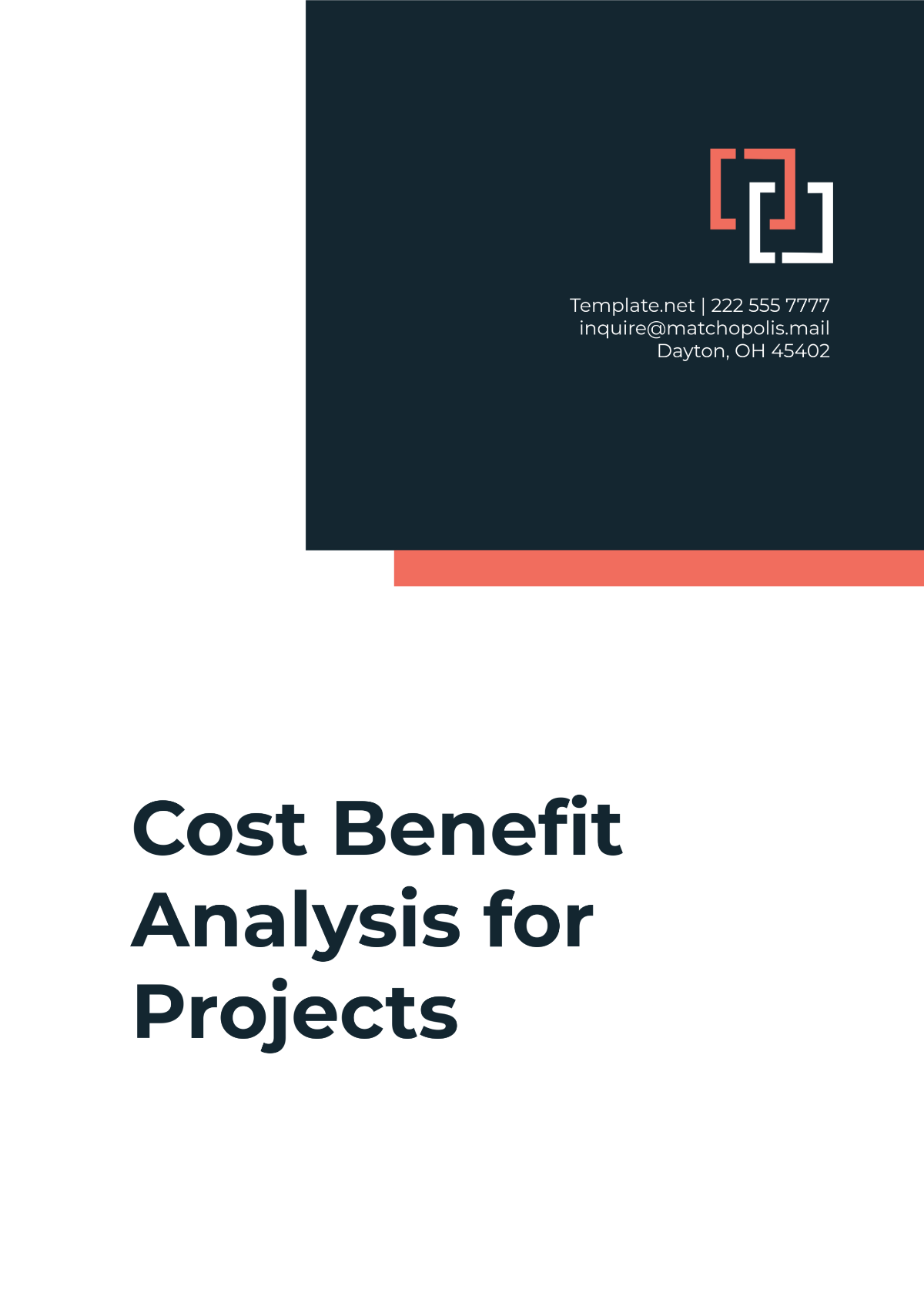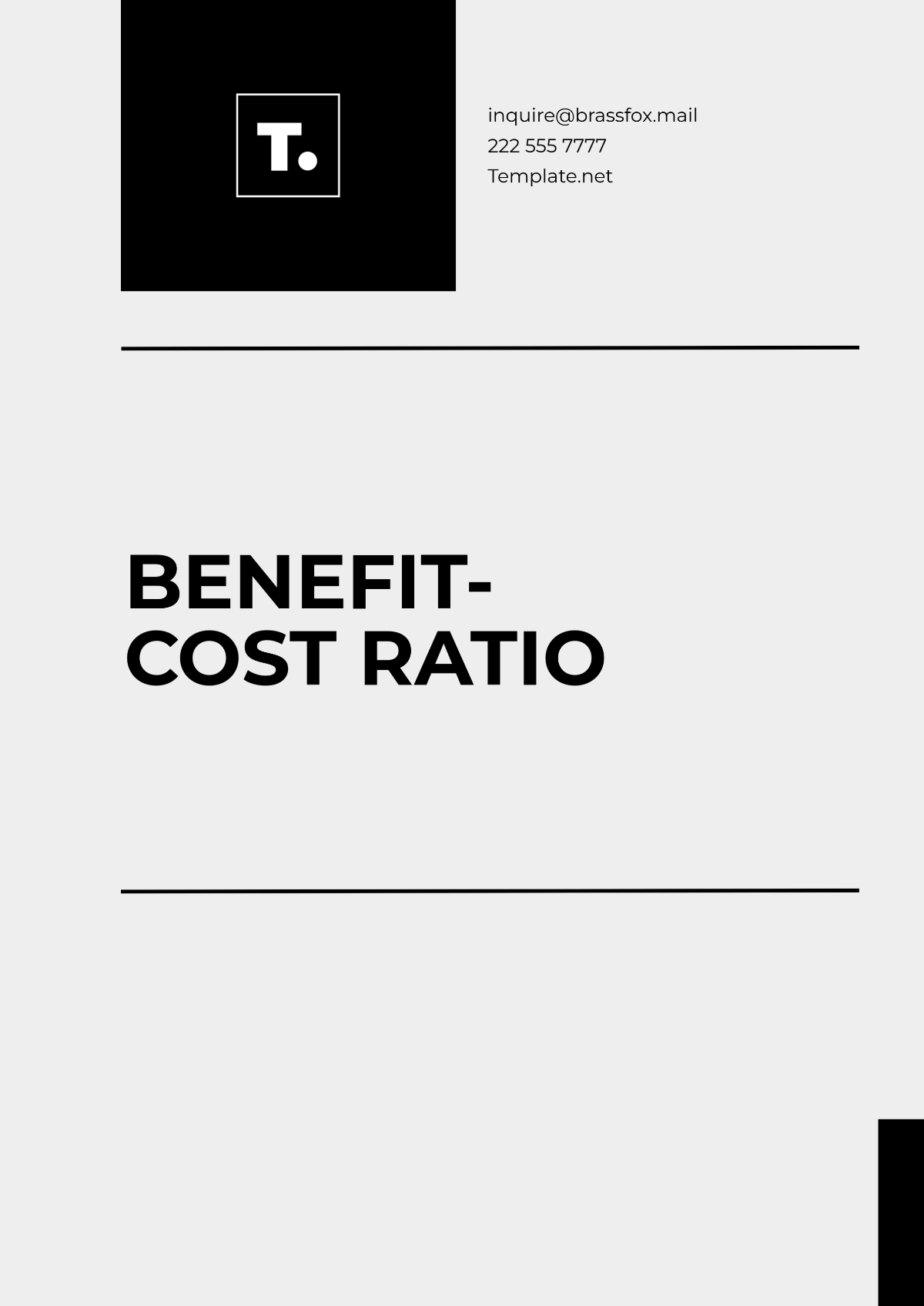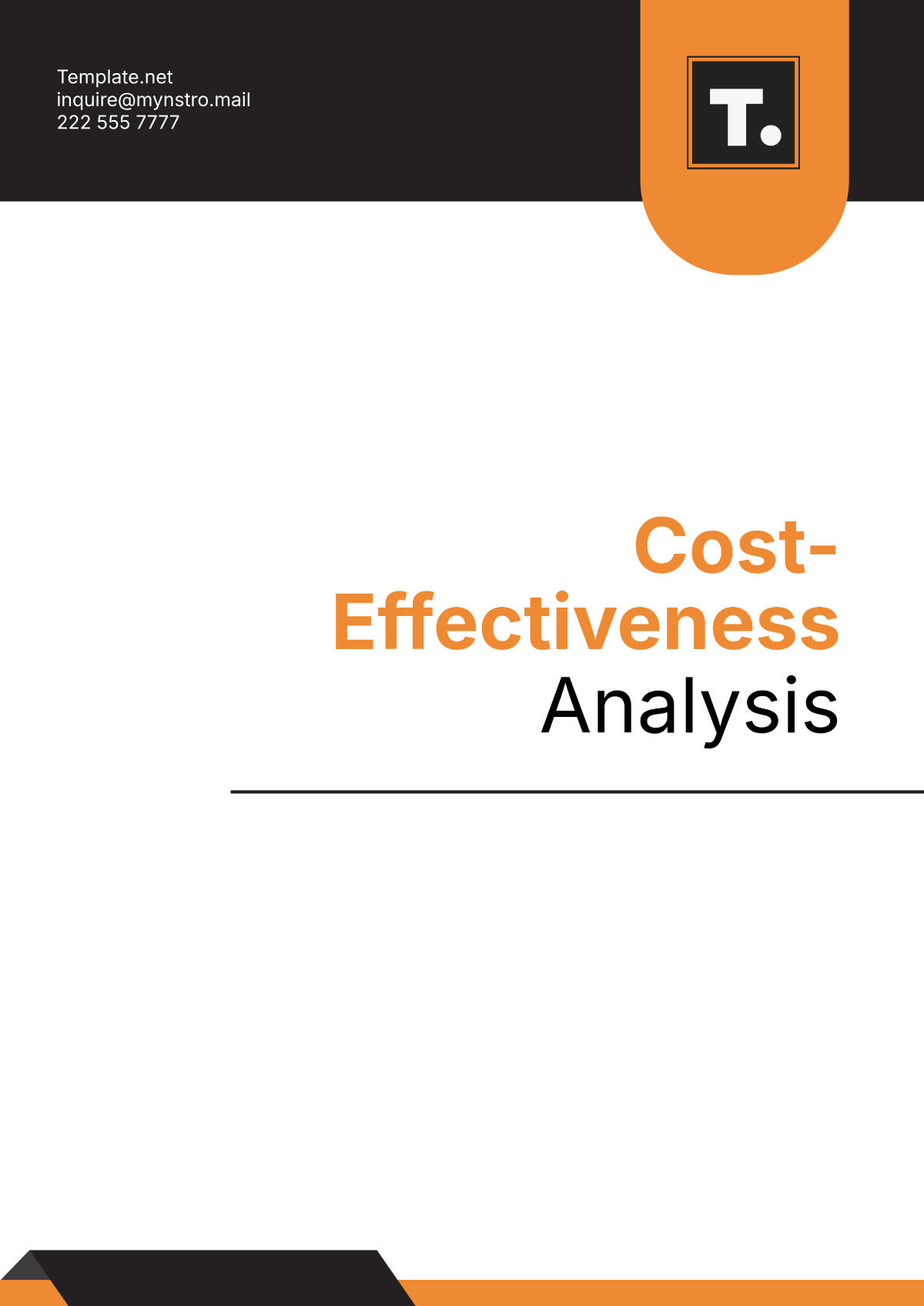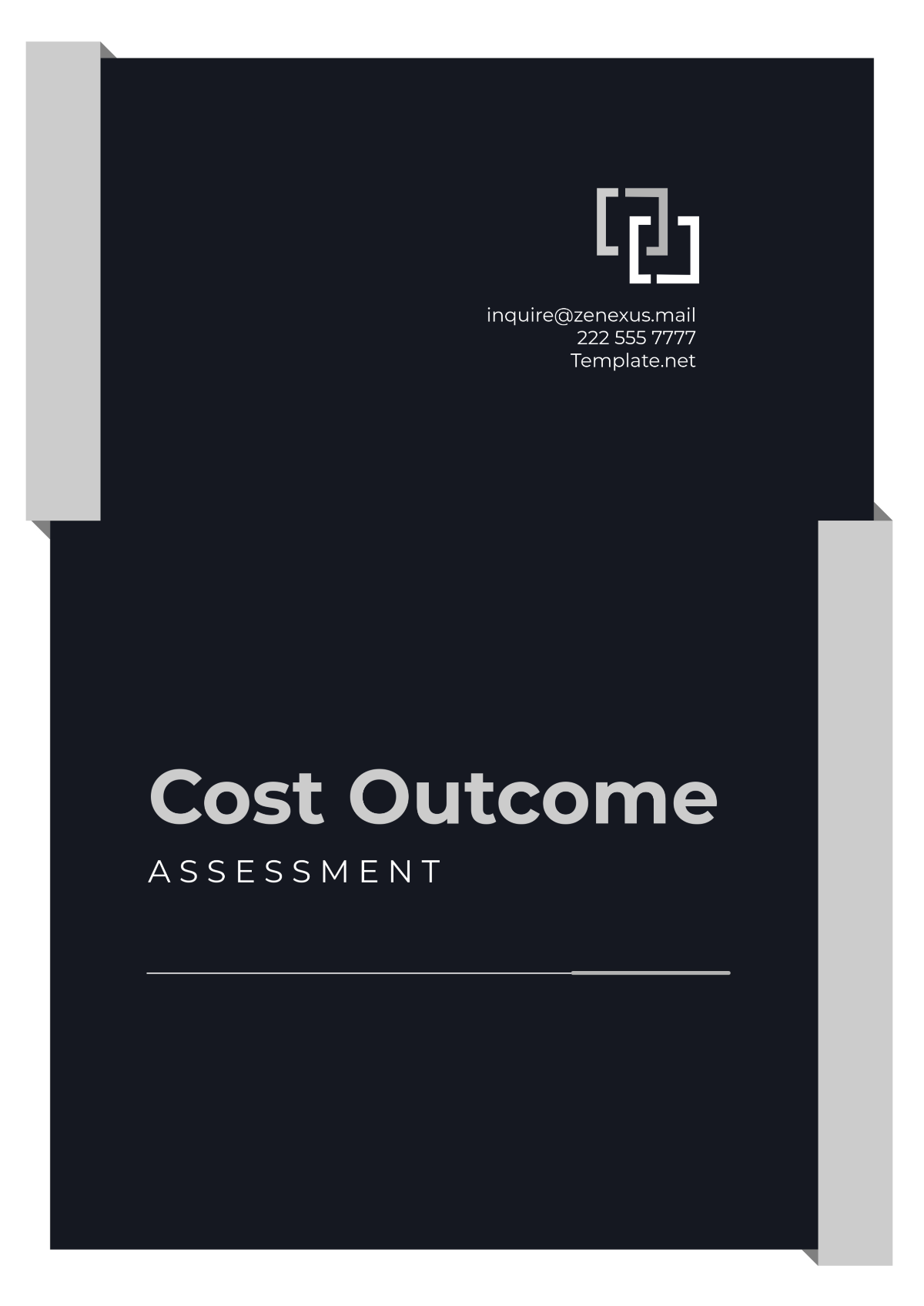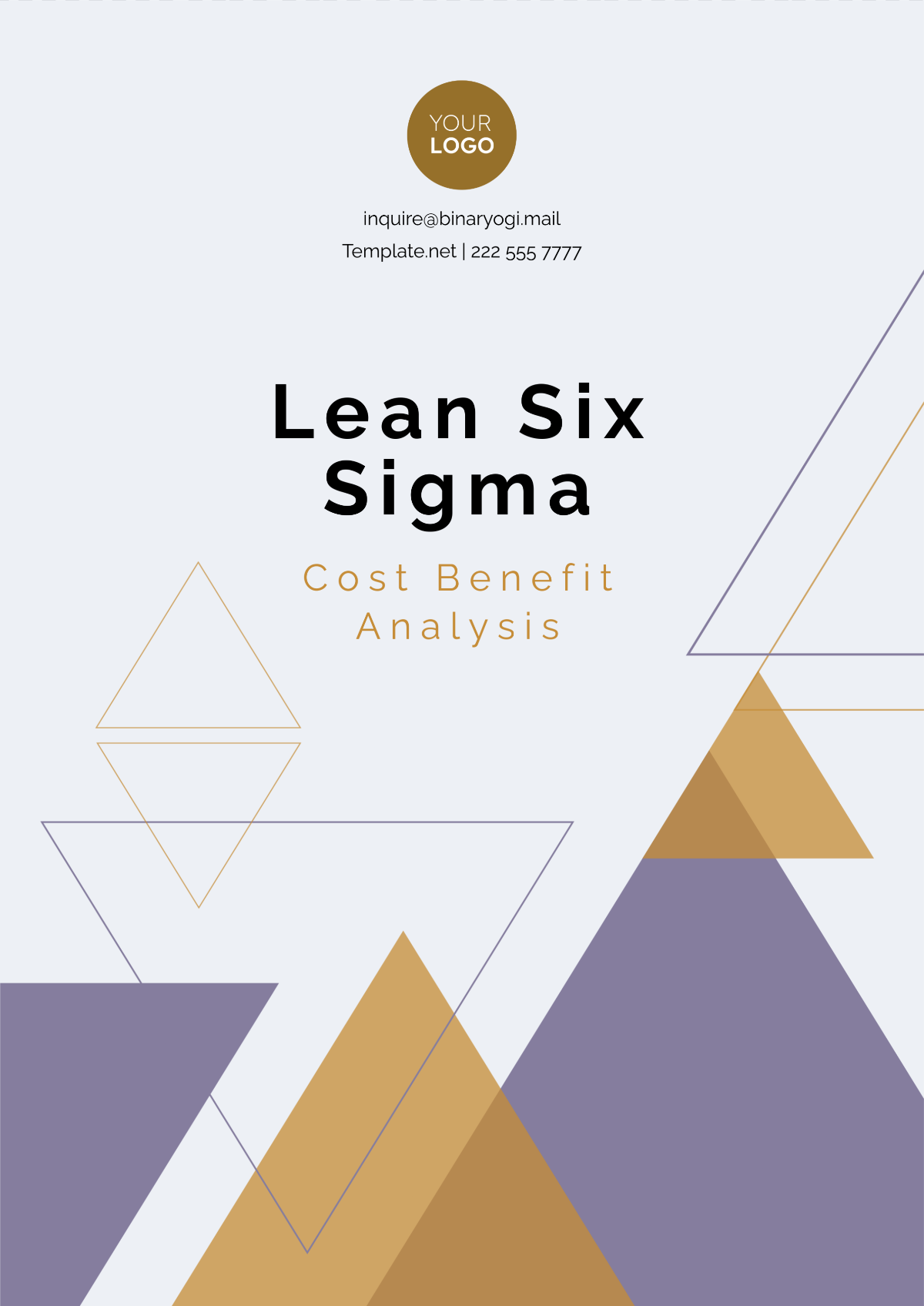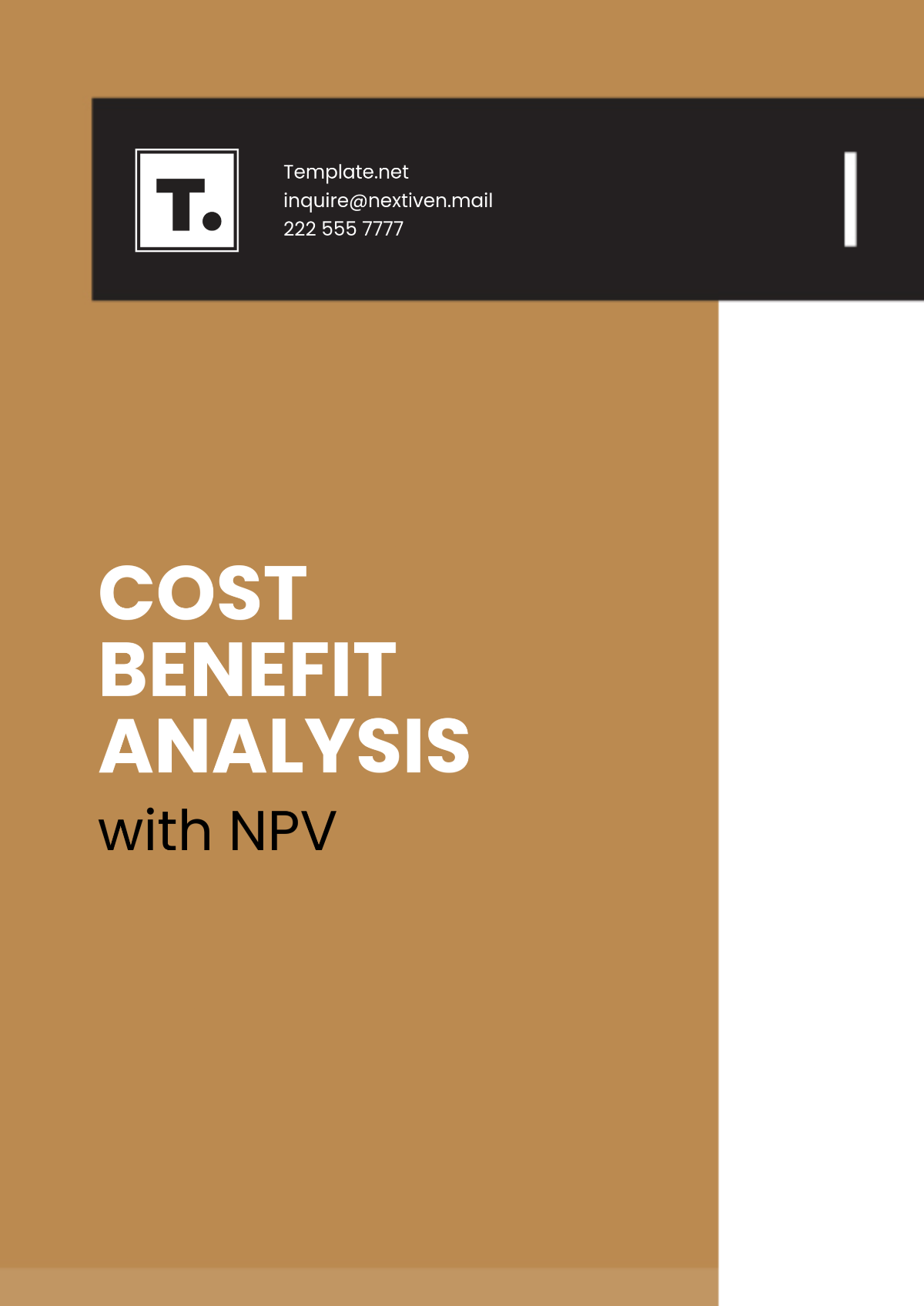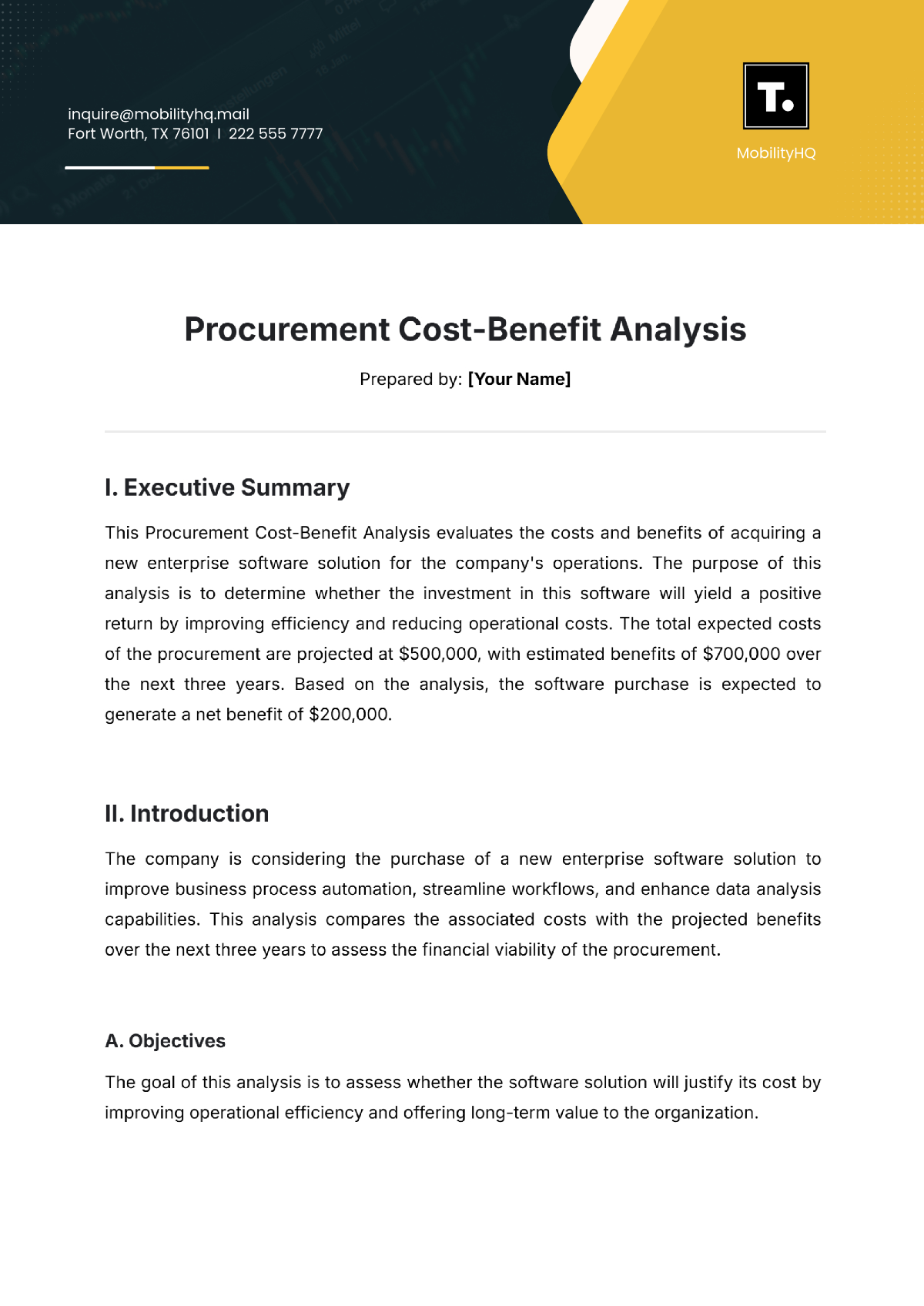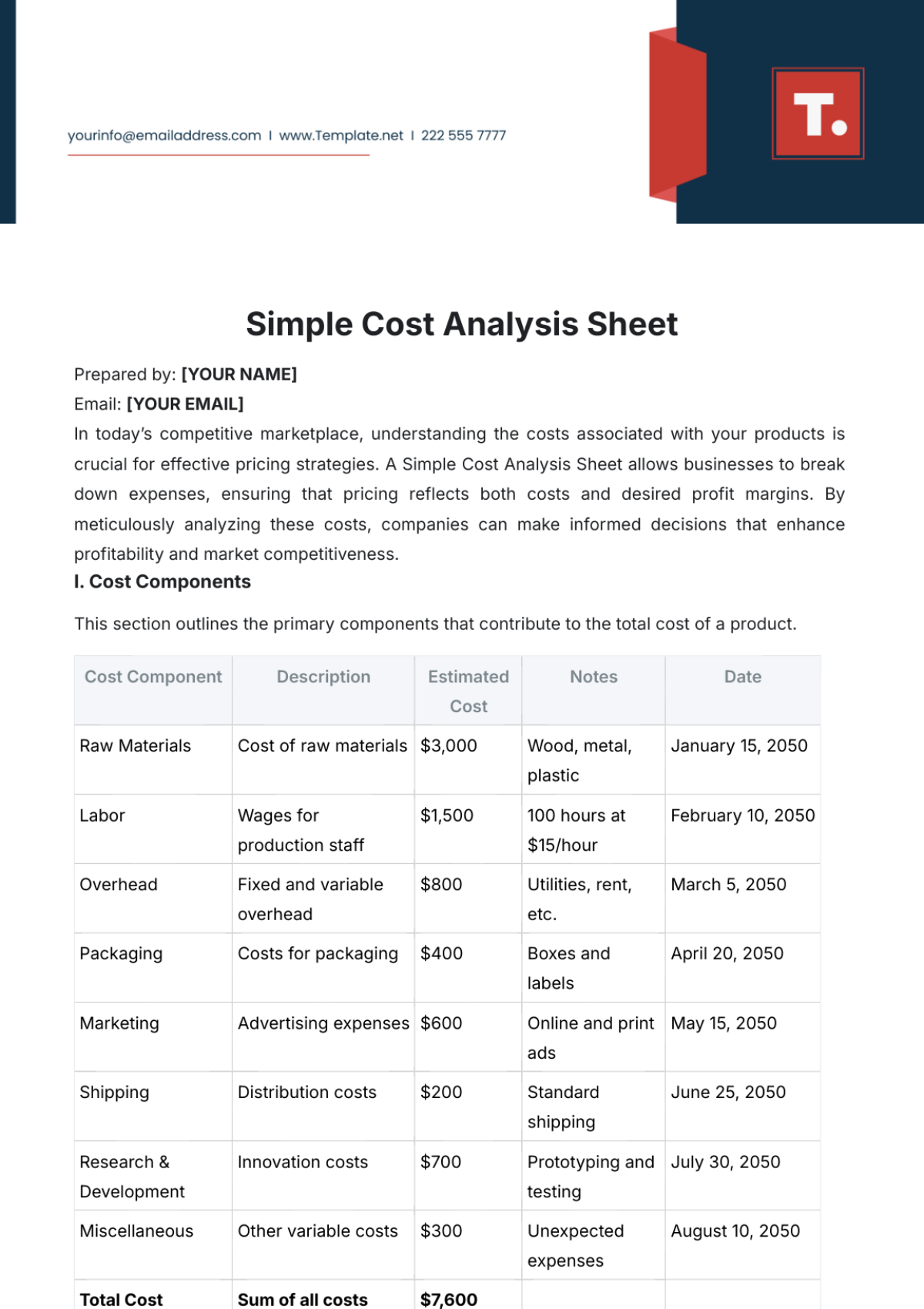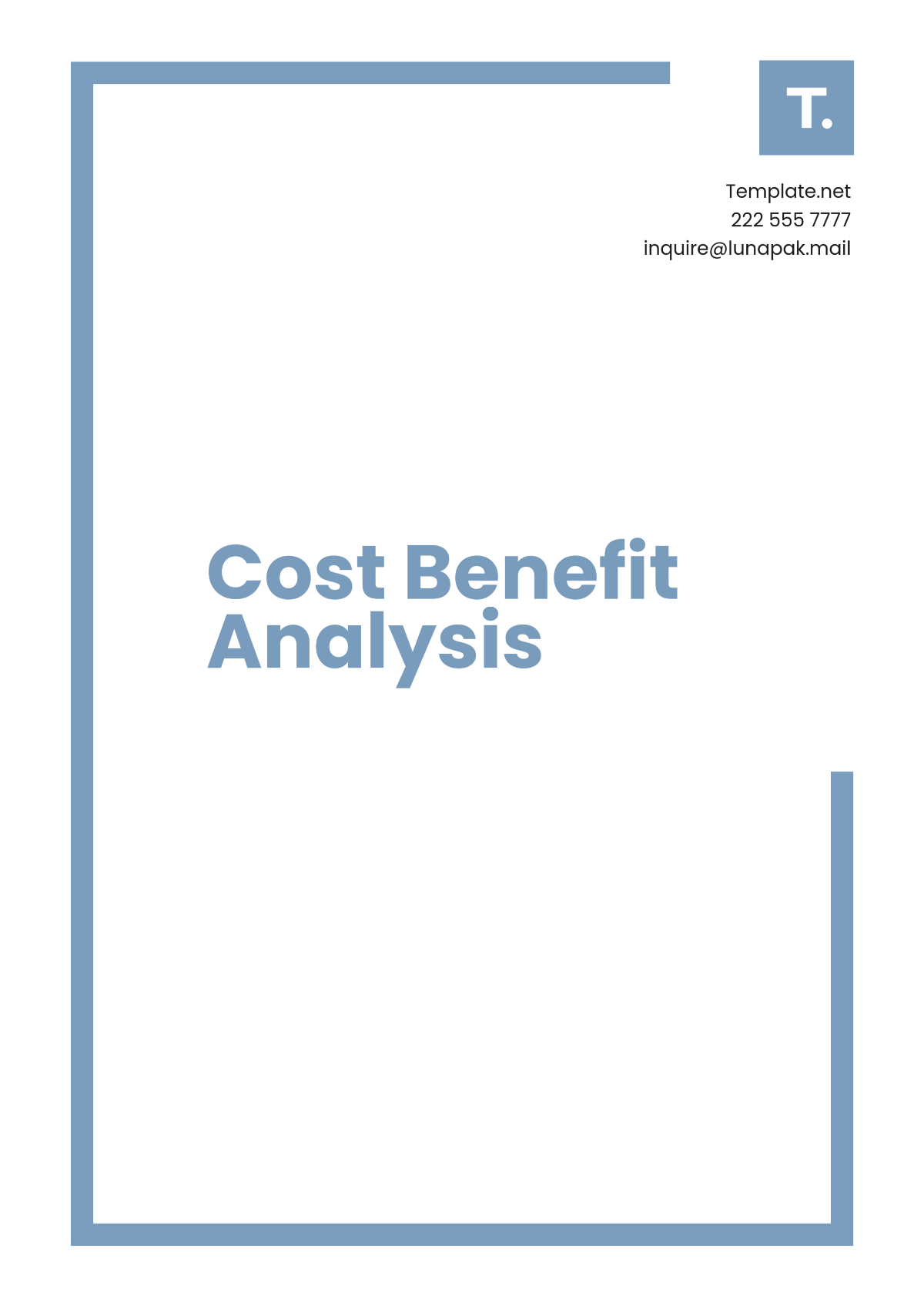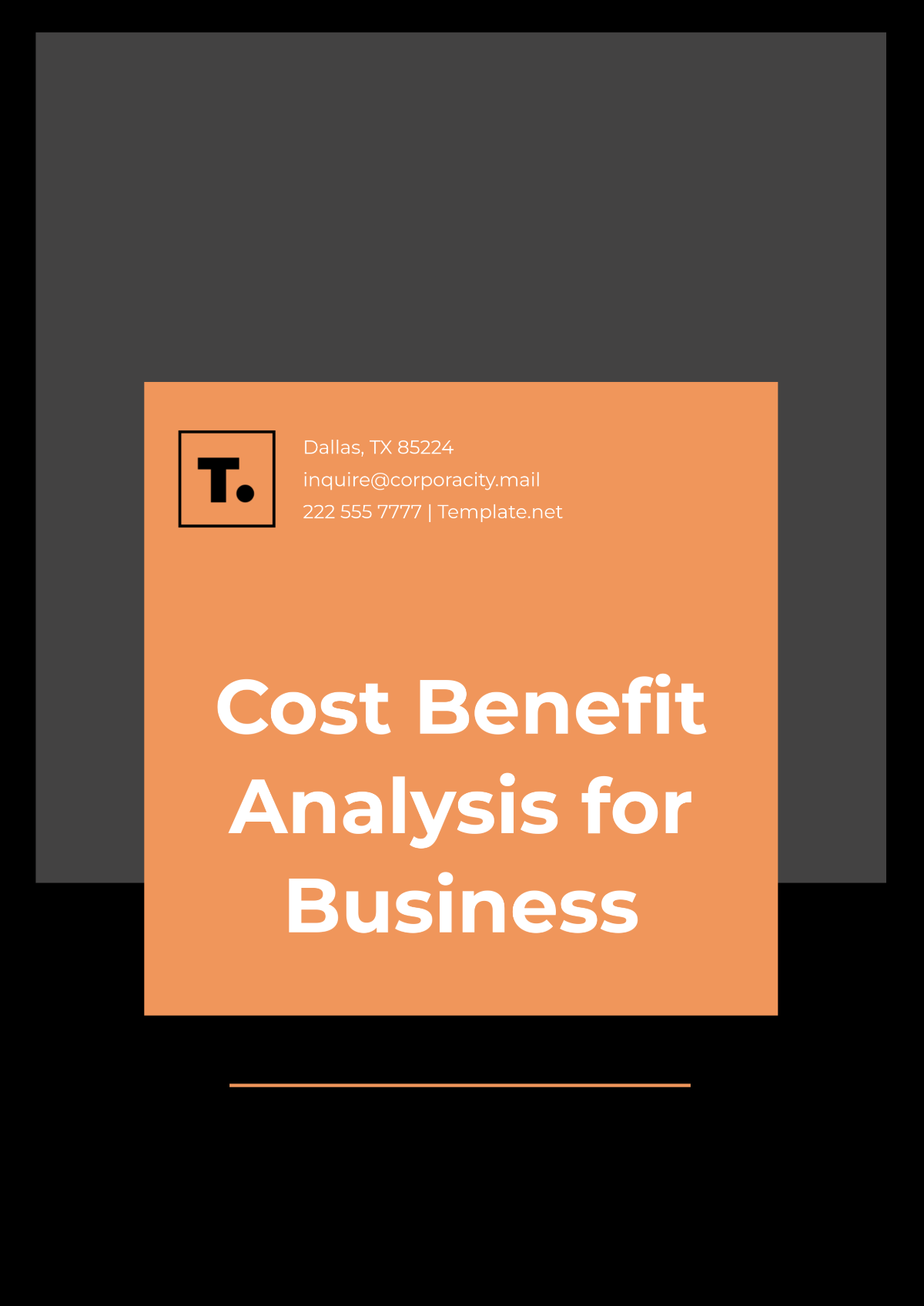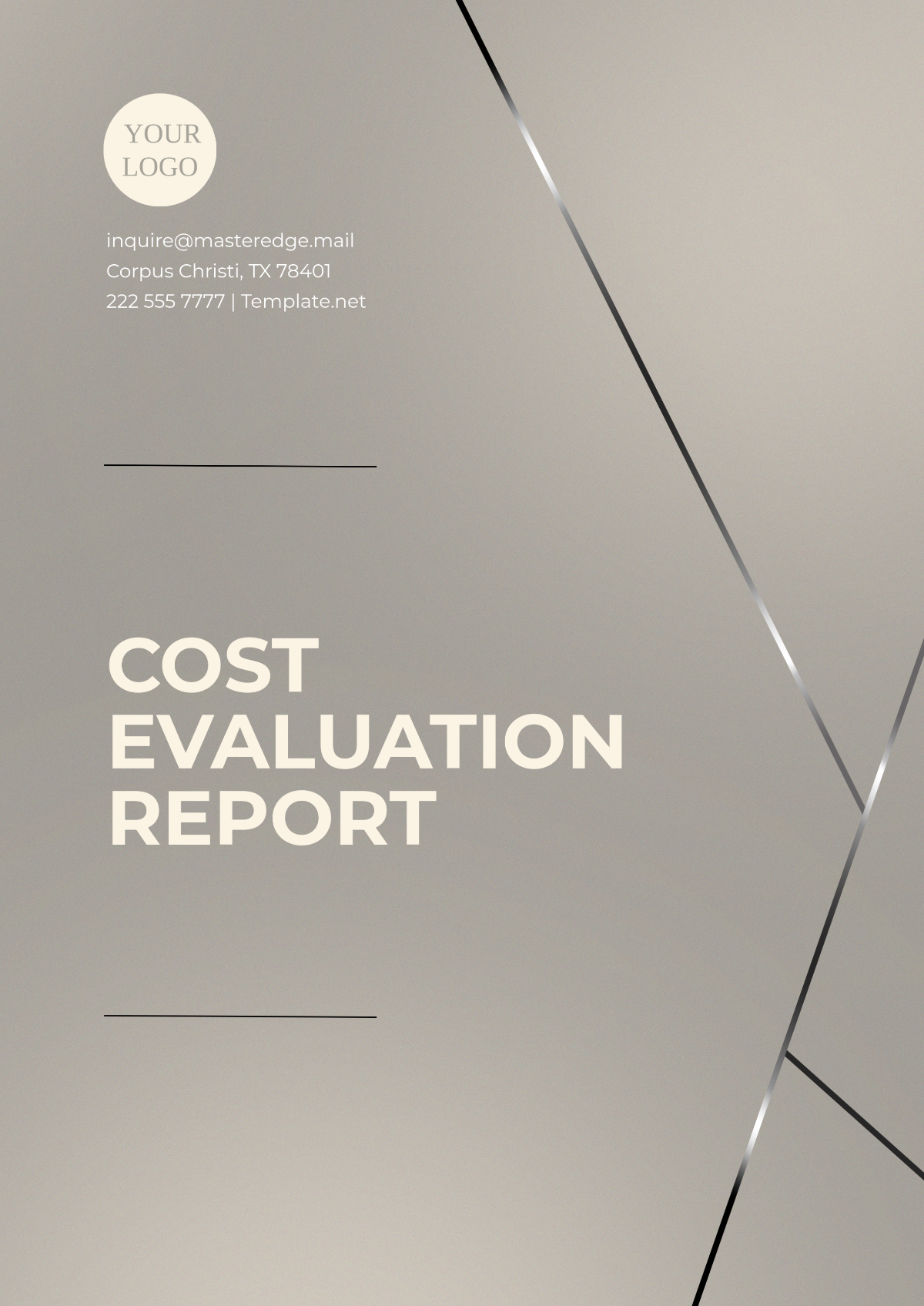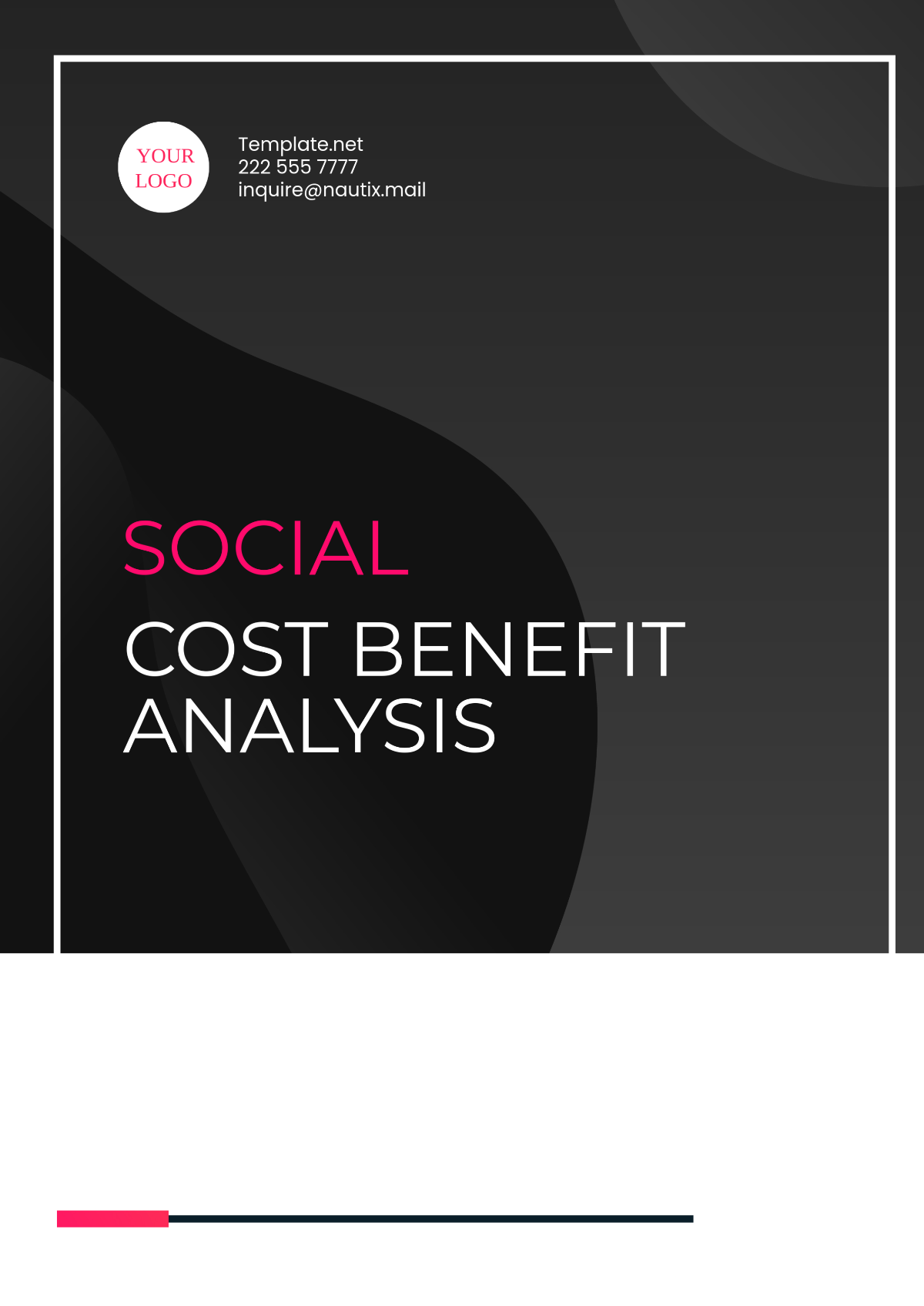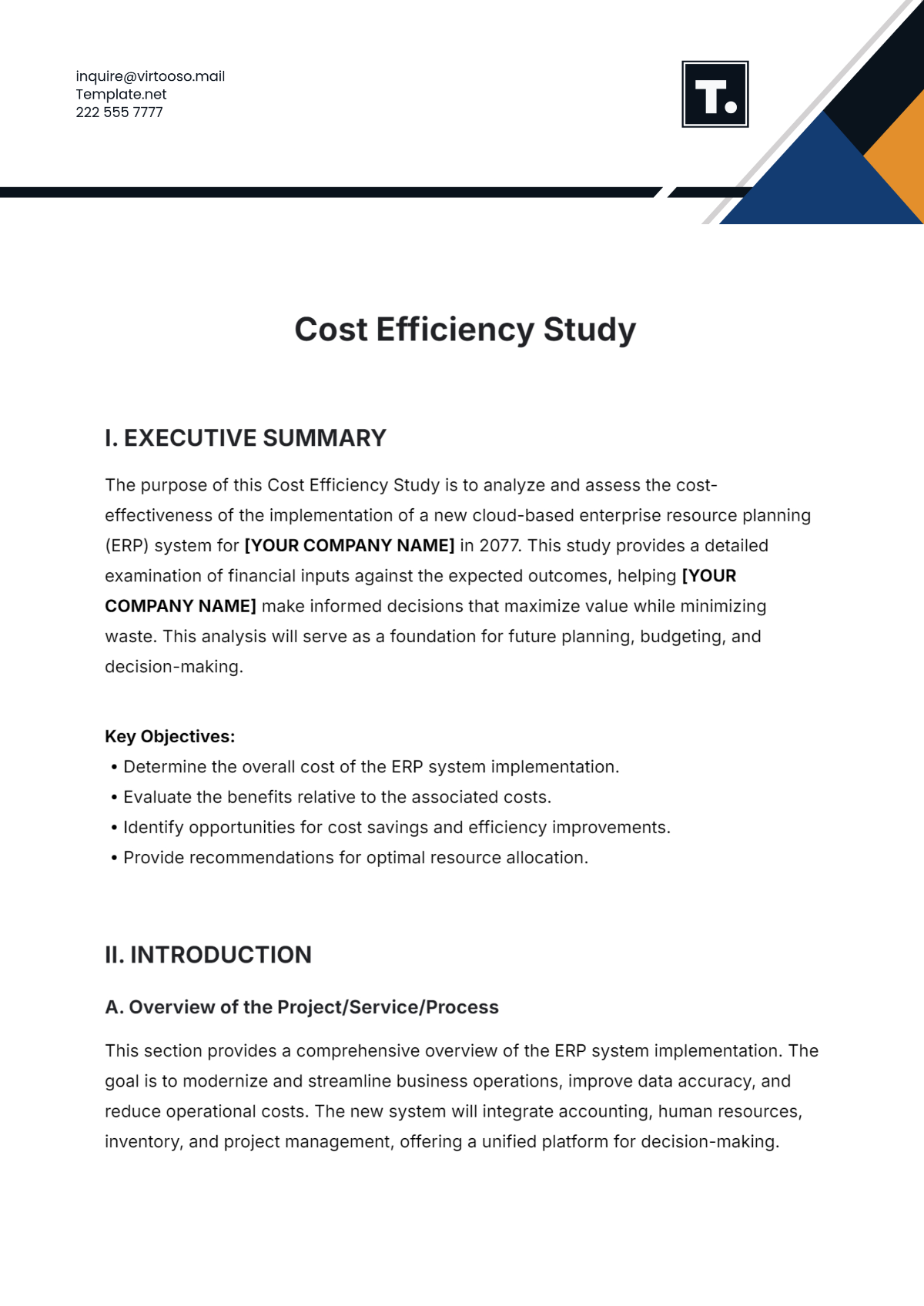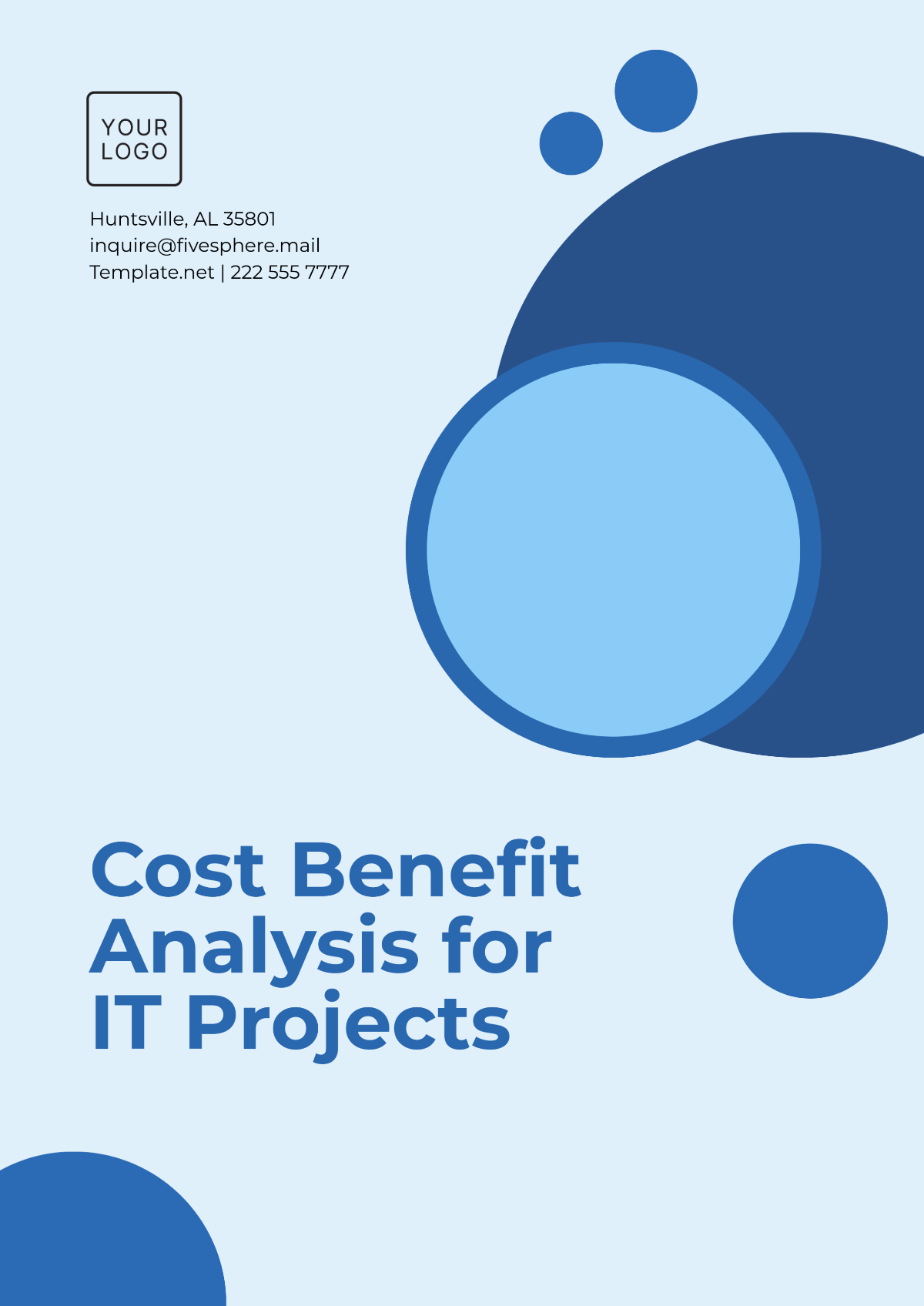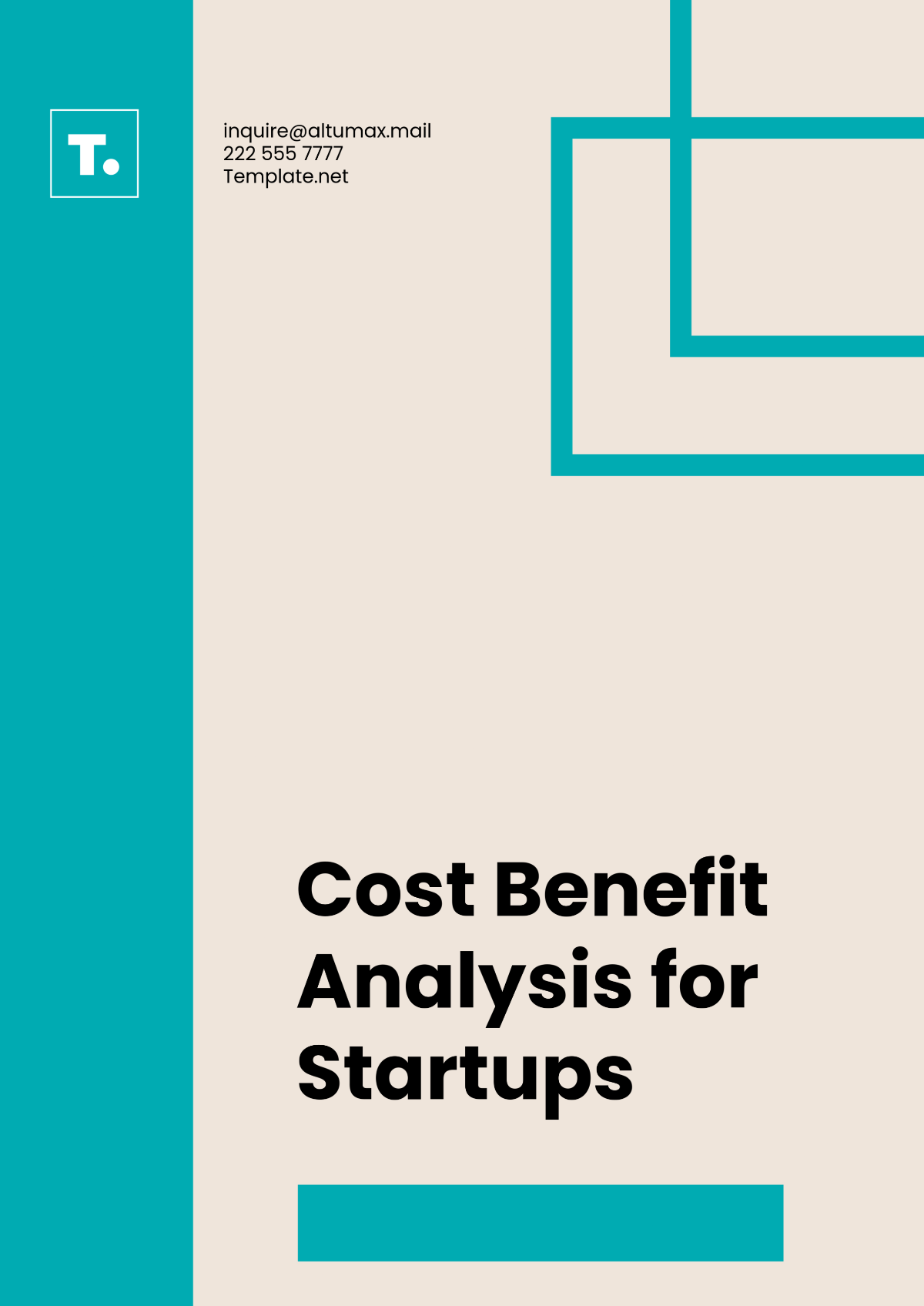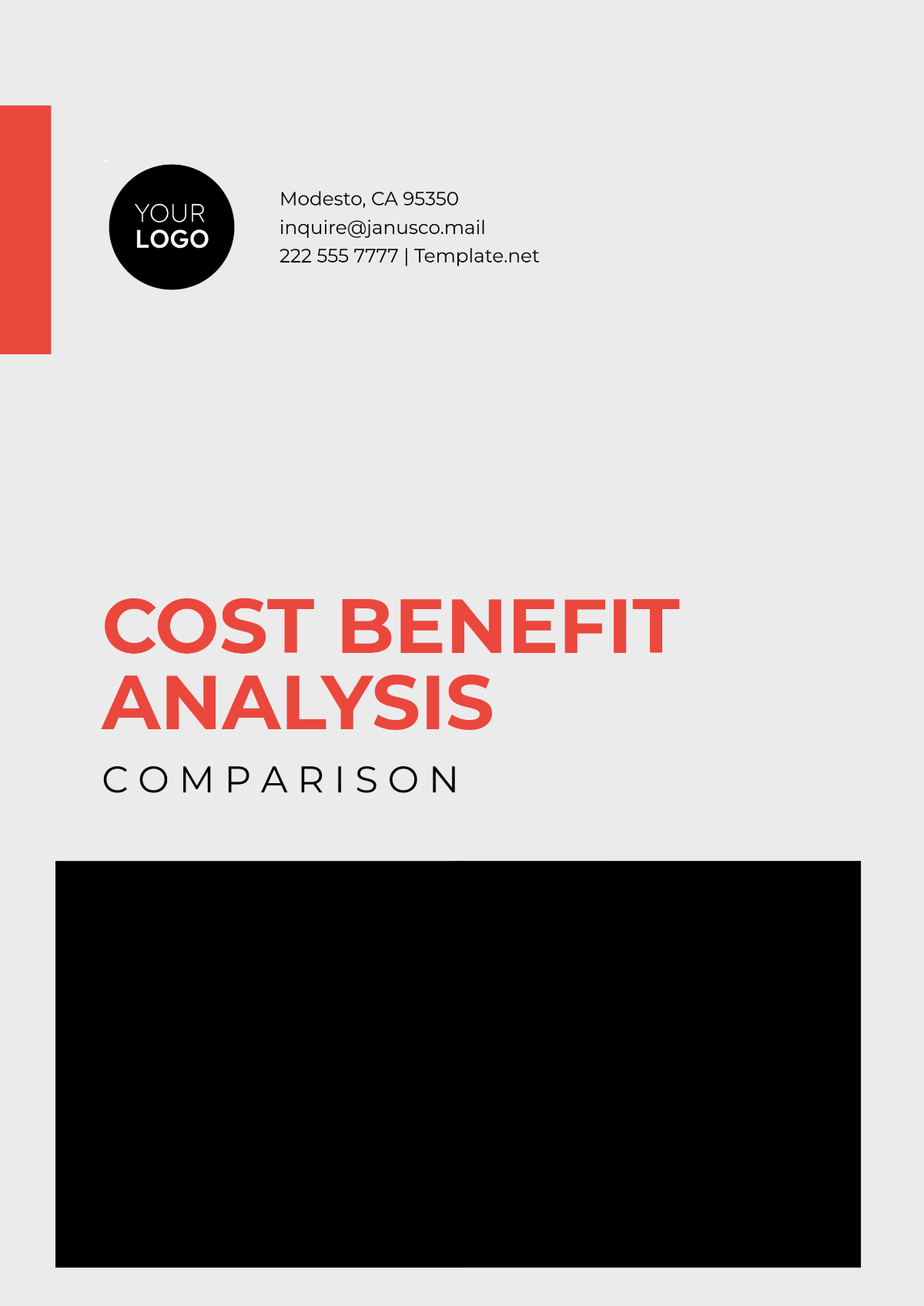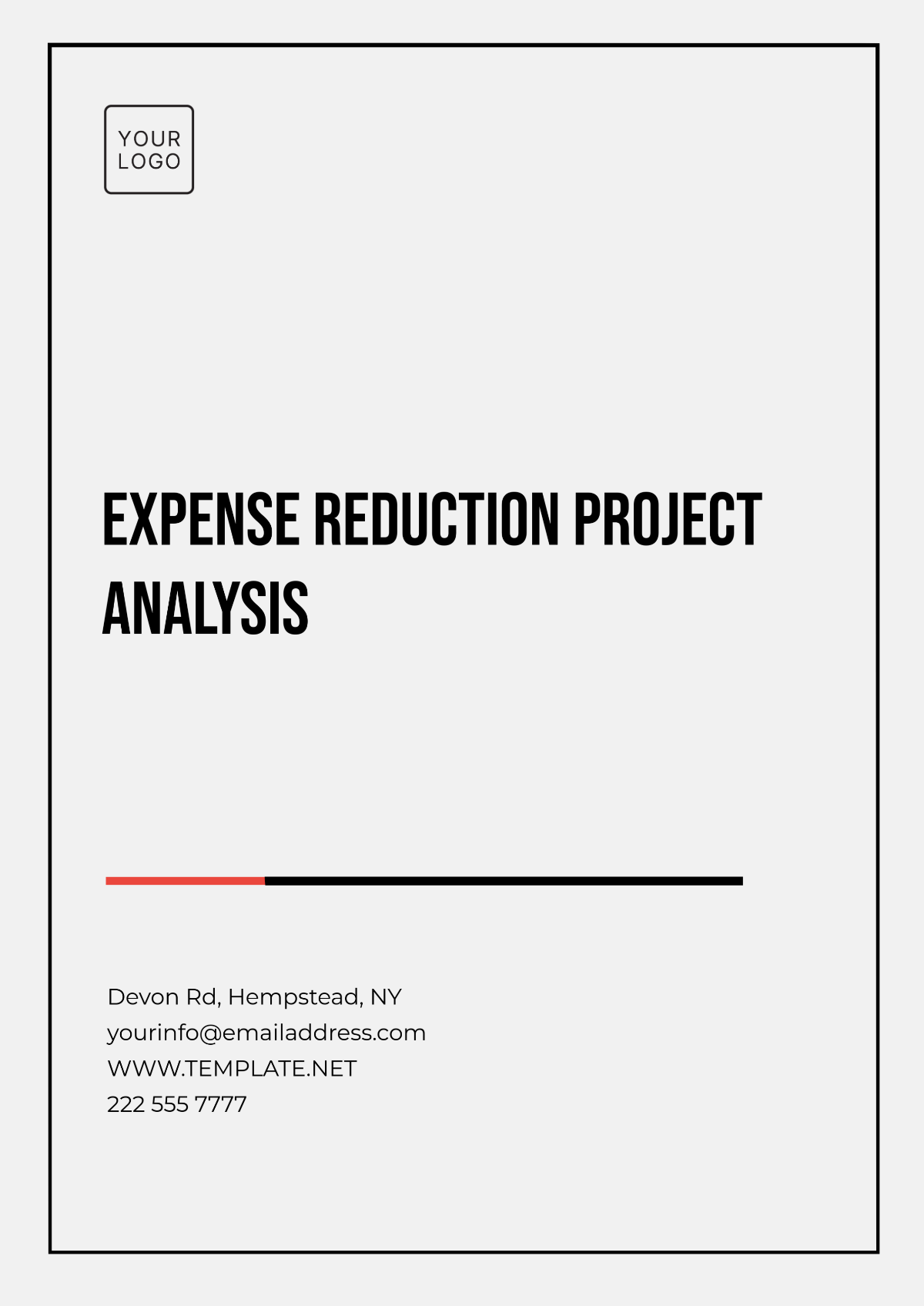Gym Cost Analysis
I. Introduction
A. Purpose of Cost Analysis
The purpose of this cost analysis is to provide a detailed financial overview of running [Your Company Name], gym business. This analysis will help identify and quantify all associated costs, ensuring informed decision-making and financial planning. By understanding the financial commitments involved, [Your Company Name] can strategically plan for sustainability and growth.
B. Scope and Methodology
This analysis covers initial setup costs, fixed monthly costs, variable costs, revenue streams, and financial projections. Data was gathered from industry reports, vendor quotes, and financial records of similar businesses. This comprehensive approach ensures accuracy and reliability in estimating costs and revenues.
II. Initial Setup Costs
A. Facility Purchase or Lease
Cost of Purchase
Purchasing a facility involves a significant upfront investment. The cost varies based on location, size, and market conditions. For example, in urban areas, prices per square foot can be considerably higher than in suburban or rural locations. A detailed market analysis and property appraisal should be conducted to determine the exact purchase price.
Lease Agreements
Leasing a facility is a common option for gyms, especially when initial capital is limited. Lease agreements typically involve a monthly rent, security deposit, and potentially some renovation costs to customize the space for gym use. Negotiating favorable lease terms, such as longer lease periods with fixed rent rates, can provide financial stability.
B. Renovation and Interior Design
Construction Costs
Renovation costs encompass structural modifications, plumbing, electrical work, and flooring suitable for gym activities. The average renovation cost can range from $50 to $100 per square foot, depending on the extent of the modifications required. A detailed renovation plan and multiple contractor quotes are essential to accurately estimate these costs.
Design and Decor
Interior design plays a crucial role in creating an inviting and motivating environment for gym members. This includes painting, lighting, mirrors, and signage. Hiring a professional designer can ensure that the space is both functional and aesthetically pleasing. Design costs typically range from $20 to $50 per square foot.
C. Equipment
Cardio Machines
Cardio machines, such as treadmills, ellipticals, and stationary bikes, are essential for any gym. The initial investment for cardio equipment can be substantial, with prices ranging from $1,000 to $5,000 per machine. Quality and durability are key factors to consider to minimize maintenance costs.
Strength Training Equipment
Strength training equipment includes free weights, weight machines, and benches. The cost for a comprehensive set of strength training equipment can range from $10,000 to $50,000. Ensuring a variety of equipment options can cater to different fitness levels and preferences.
Fitness Accessories
Fitness accessories, such as yoga mats, resistance bands, and exercise balls, add versatility to workout routines. These items are generally lower in cost but need to be replaced periodically due to wear and tear. An initial budget of $2,000 to $5,000 is recommended for a well-rounded assortment.
D. Licensing and Permits
Business License
Obtaining a business license is mandatory for operating a gym. The cost varies by location and the type of business. Typically, a business license can cost between $50 and $500 annually.
Health and Safety Permits
Health and safety permits ensure the gym meets all local health and safety regulations. This may include fire safety inspections, sanitation checks, and compliance with building codes. Permit costs can range from $200 to $2,000, depending on local regulations.
III. Fixed Monthly Costs
A. Rent or Mortgage
Monthly rent or mortgage payments are significant fixed costs for any gym. Lease rates vary based on location, size, and market conditions. For example, a gym located in a prime urban area may incur monthly rents of $10,000 to $20,000, while suburban locations may have lower rates. If the facility is purchased, mortgage payments will depend on the loan amount, interest rate, and loan term.
B. Utilities
Electricity
Gyms consume a considerable amount of electricity for lighting, heating, cooling, and equipment operation. Monthly electricity costs can range from $1,000 to $3,000, depending on the facility size and usage patterns.
Water
Water is essential for restrooms, showers, and drinking fountains. Monthly water costs can range from $200 to $500. Installing water-efficient fixtures can help reduce these costs.
Internet and Phone
Reliable internet and phone services are necessary for administrative tasks, member communication, and digital marketing. Monthly costs typically range from $100 to $300.
C. Insurance
Property Insurance
Property insurance protects against damages to the facility and equipment. Annual premiums can range from $2,000 to $5,000, depending on the coverage amount and location risks.
Liability Insurance
Liability insurance covers potential legal claims from injuries or accidents. This is crucial for a gym to protect against significant financial losses. Annual premiums can range from $1,000 to $3,000.
D. Salaries and Wages
Administrative Staff
Administrative staff manage daily operations, member services, and financial records. Salaries for administrative staff can range from $30,000 to $50,000 annually per employee. The number of staff required depends on the gym size and membership base.
Trainers and Instructors
Trainers and instructors are essential for offering personal training sessions and group classes. Salaries can vary based on experience and certification, typically ranging from $40,000 to $70,000 annually per employee. Offering competitive pay helps attract and retain qualified professionals.
IV. Variable Costs
A. Maintenance and Repairs
Regular maintenance and repairs are necessary to ensure equipment and facilities remain in good working condition. Maintenance costs can vary but typically average $500 to $1,000 monthly. This includes routine checks, minor repairs, and replacement of worn-out parts.
B. Cleaning and Sanitation
Maintaining a clean and hygienic environment is crucial for member satisfaction and health. Monthly cleaning and sanitation costs can range from $500 to $1,500, depending on the facility size and frequency of cleaning required. Hiring professional cleaning services ensures high standards are met.
C. Supplies and Consumables
Towels and Mats
Providing clean towels and mats is a standard service in many gyms. Monthly costs for towels and mats can range from $200 to $500. Regular laundering services add to this expense.
Office Supplies
Office supplies, including paper, pens, and other administrative materials, are ongoing expenses. Monthly costs typically range from $100 to $300.
D. Marketing and Advertising
Digital Marketing
Investing in digital marketing, such as social media ads, search engine optimization (SEO), and email campaigns, is essential for attracting new members. Monthly digital marketing costs can range from $500 to $2,000, depending on the campaign scope and platforms used.
Traditional Advertising
Traditional advertising methods, such as print ads, flyers, and local sponsorships, can also be effective. Monthly costs can range from $300 to $1,000.
V. Revenue Streams
A. Membership Fees
Monthly Memberships
Monthly membership fees are the primary revenue source for most gyms. Membership prices can vary based on the services offered, typically ranging from $30 to $100 per month per member. Offering different membership tiers can cater to various budgets and needs.
Annual Memberships
Offering annual memberships at a discounted rate can encourage long-term commitment from members. Annual memberships can range from $300 to $1,000, providing a steady revenue stream.
B. Personal Training Services
One-on-One Training
Personal training sessions are a significant revenue source. Fees for one-on-one training can range from $50 to $150 per session, depending on the trainer’s experience and certification. Offering packages of multiple sessions at a discounted rate can increase sales.
Group Training Sessions
Group training sessions, such as boot camps and small group training, can attract members who prefer a more social workout environment. Fees for group sessions can range from $10 to $50 per session.
C. Classes and Programs
Yoga and Pilates
Specialty classes, such as yoga and Pilates, can attract a diverse membership base. Fees for these classes can range from $10 to $30 per session. Offering class packages can encourage regular attendance.
Specialty Fitness Classes
Offering a variety of fitness classes, such as spinning, Zumba, and HIIT, can enhance member satisfaction and retention. Class fees typically range from $10 to $30 per session.
D. Merchandise Sales
Fitness Apparel
Selling branded fitness apparel, such as T-shirts, leggings, and hoodies, can generate additional revenue. Profit margins on apparel can range from 30% to 50%.
Supplements and Health Products
Selling supplements, protein powders, and other health products can provide a steady revenue stream. Profit margins for these products can range from 20% to 40%.
VI. Financial Projections
A. Break-Even Analysis
A break-even analysis helps determine the point at which total revenue equals total costs, indicating no net loss or gain. This analysis considers both fixed and variable costs and helps in setting realistic financial goals.
Cost Component | Monthly Amount |
|---|---|
Fixed Costs (Rent, Utilities, Salaries) | $20,000 |
Variable Costs (Maintenance, Marketing) | $3,000 |
Total Monthly Costs | $23,000 |
Average Monthly Revenue (Memberships, Services) | $25,000 |
Break-Even Point | 920 Members |
B. Profit and Loss Forecast
A profit and loss forecast projects the gym’s financial performance over a specific period. This includes estimating revenue from memberships and services, subtracting all associated costs, and identifying net profit.
Time Period | Revenue | Total Costs | Net Profit |
|---|---|---|---|
Month 1 | $25,000 | $23,000 | $2,000 |
Month 2 | $26,000 | $23,500 | $2,500 |
Month 3 | $27,000 | $24,000 | $3,000 |
C. Cash Flow Projections
Cash flow projections estimate the inflow and outflow of cash over a specific period, ensuring the gym maintains positive cash flow to meet its financial obligations.
Month | Cash Inflow | Cash Outflow | Net Cash Flow |
|---|---|---|---|
[Month] | $30,000 | $25,000 | $5,000 |
[Month] | $32,000 | $26,000 | $6,000 |
[Month] | $35,000 | $27,000 | $8,000 |
VII. Cost Management Strategies
A. Negotiating Lease and Supplier Agreements
Effective negotiation of lease terms and supplier agreements can significantly reduce operational costs. For lease agreements, [Your Company Name] should aim for long-term leases with fixed rates to avoid sudden rent increases. Additionally, negotiating for tenant improvement allowances can offset some renovation costs. For supplier agreements, securing bulk discounts or long-term contracts with equipment suppliers can lead to cost savings. It’s beneficial to periodically review and renegotiate these contracts to ensure competitive pricing.
B. Energy Efficiency Measures
Implementing energy efficiency measures can reduce utility costs substantially. This includes installing energy-efficient lighting, HVAC systems, and equipment. Using motion sensors for lights and ensuring regular maintenance of HVAC systems can further enhance energy savings. Investing in renewable energy sources, such as solar panels, can also provide long-term cost benefits and align with sustainable business practices.
C. Outsourcing vs. In-House Services
Deciding whether to outsource services or keep them in-house is crucial for cost management. For example, cleaning and maintenance services can be outsourced to reduce labor costs and ensure professional standards. Conversely, keeping personal training services in-house allows for better quality control and member satisfaction. Conducting a cost-benefit analysis for each service can help determine the most cost-effective approach.
D. Membership Retention Programs
Investing in membership retention programs can increase revenue by reducing member turnover. Implementing loyalty programs, referral incentives, and personalized communication can enhance member satisfaction and loyalty. Regularly collecting and analyzing member feedback helps identify areas for improvement and tailor services to meet member needs. Offering flexible membership options and special promotions can also attract and retain members.
VIII. Conclusion
A. Summary of Findings
This Gym Cost Analysis has identified and detailed the various costs associated with setting up and running a gym under [Your Company Name]. Initial setup costs, including facility purchase or lease, renovation, equipment, and licensing, are substantial but necessary investments. Fixed monthly costs, such as rent, utilities, insurance, and salaries, form the backbone of operational expenses. Variable costs, including maintenance, cleaning, supplies, and marketing, fluctuate but must be carefully managed. Revenue streams primarily from memberships, personal training services, classes, and merchandise sales provide the financial foundation for the gym.
B. Recommendations for Financial Optimization
To optimize financial performance, our company should focus on the following strategies:
Negotiating favorable lease and supplier agreements to reduce initial and ongoing costs.
Implementing energy efficiency measures to lower utility expenses.
Outsourcing non-core services where cost-effective, while keeping high-value services in-house.
Enhancing membership retention programs to stabilize and grow revenue.
C. Future Financial Planning
Future financial planning should include regular financial reviews and updates to the cost analysis. Monitoring key financial metrics, such as break-even point, profit and loss, and cash flow, ensures ongoing financial health. Strategic investments in new equipment, facility upgrades, and staff training can enhance service offerings and member satisfaction, driving long-term growth. Additionally, staying informed about industry trends and best practices will help [Your Company Name] remain competitive and responsive to market changes.

